As seen here in the example, this particular power supply (and most others too) has higher efficiency when running on 230V. Given that computer power supplies are usually required to output a combination of 12V, 5V, and 3.3V DC, why is it that stepping down from a higher AC voltage is more efficient? It seems counter-intuitive.
Also is this a result intrinsic to the process of converting AC to DC, or is it a compromise that manufactures settle with for compatibility? In other words, if someone is to build a power supply that only works on 115V, is it more difficult to achieve the same efficiency as one built only for 230V?

